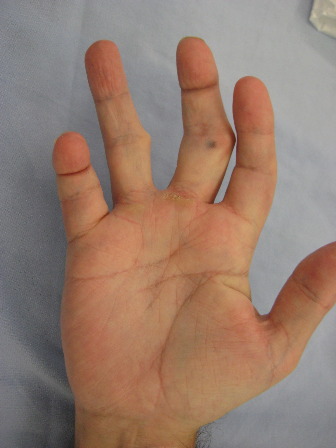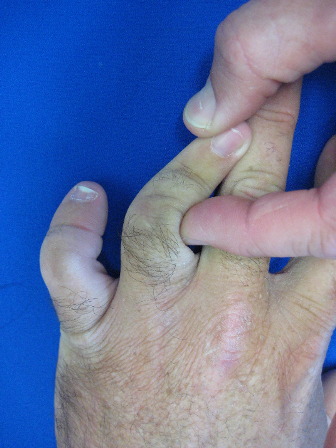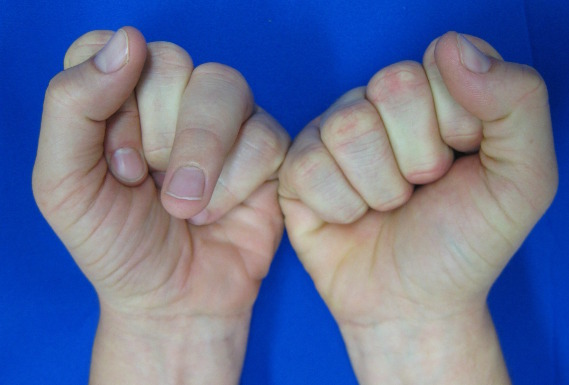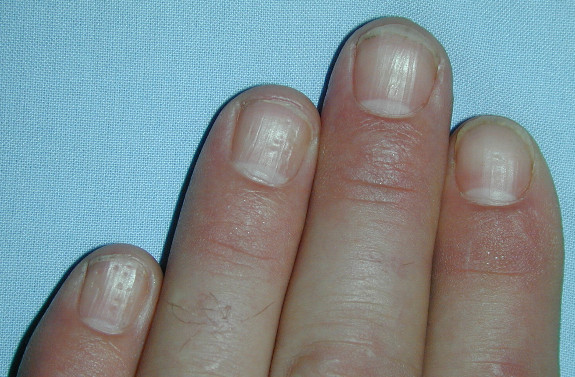Psoriasis is a common red and scaly skin rash. It commonly occurs on the point of the elbows, knees and in the scalp.
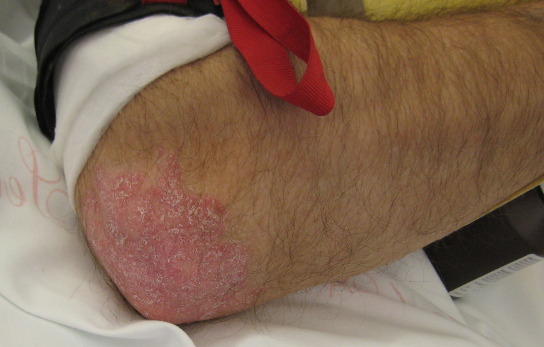
It can occur anywhere on the body. It is quite different from Eczema.
7% of patients with psoriasis develop Psoriatic Arthritis a form of inflammatory (autoimmune) arthritis. This incidence is much higher in patients with psoriatic nail changes.
It can affect any joint but particularly in the hands, feet, spine & sacroiliac joints.
The cause is unknown but may include: - Genetics (40%)
- ? Trauma
- ? Prior infection eg Strep Throat
The peak age of onset is between 30 and 55 years.
The symptoms of Psoriatic arthritis may mimic others forms of arthritis associated with joint pain, swelling & stiffness.
Patients may also complain of:
- Enthesitis, development of pain and tenderness in the area where tendons or ligaments attach the bones and is commonly seen at the heel or plantar fascia.
- Low back pain due to the affect on sacroiliac joint
- Stiffness of joints either in the morning or after rest
- Fatigue
There are 5 Patterns of Psoriatic Arthritis:
- Symmetric arthritis similar to rheumatoid arthritis with mild deformities.
- Asymmetric arthritis anywhere in the body, such as knee, hip, ankle or wrist - generally mild and usually responds to medical therapy.
- DIP joint like OA but with nail changes.
- Spinal involvement.
- Arthritis mutilans – gross asymmetric joint
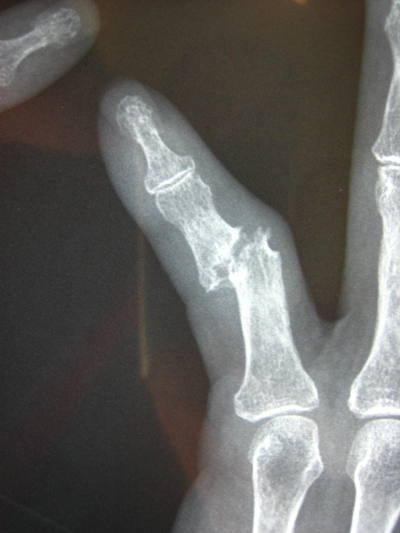
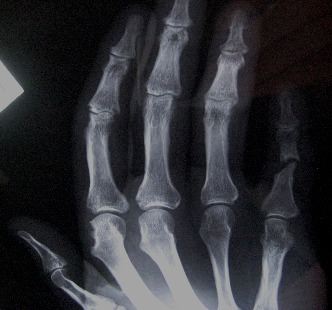
Psoriatic arthritis is different from Rheumatoid Arthritis in that it:
- Affects men and women equally.
- It is an asymmetric arthritis picking out joints randomly
- PIP & DIP joints before MCP jts and wrist
- Dactylitis = sausage like swelling along the length of a finger or toe
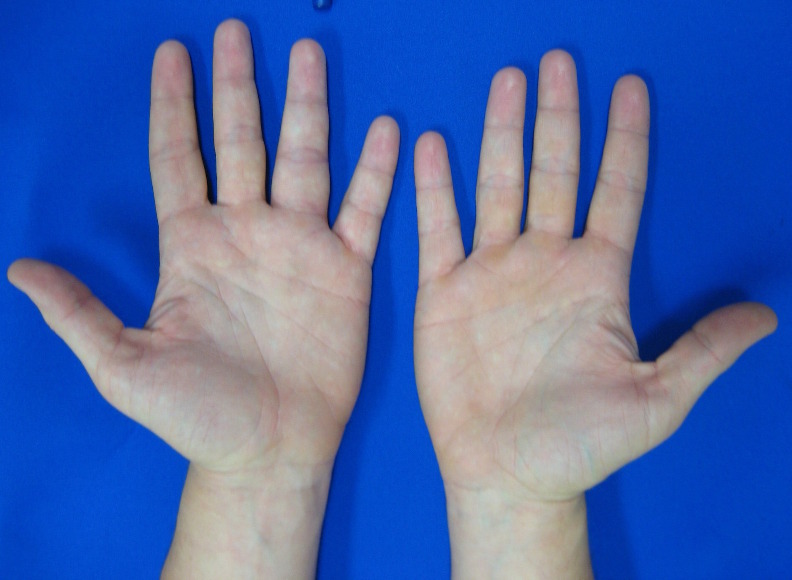
Here the left ring finger is diffusely swollen and somewhat stiff
- Nail changes – Pitting, Crumbling nails
- Onycholysis – Lack of adherence of the nail to the nail bed.
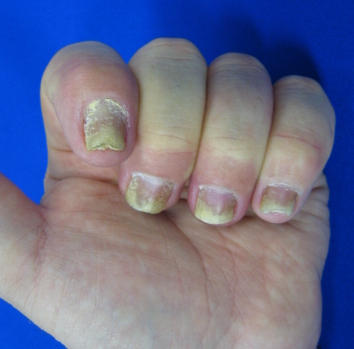
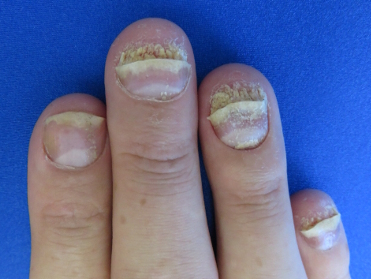
Diagnosis
- Making the diagnosis is often Difficult and often delayed because there is no single blood test to confirm the diagnosis.
- Often a Family History ( 40%)
- The Pattern of the Arthritis - see above
- Xrays - may reveal destructive joint damage with significant bone loss – Osteolysis
- “Pencil-in-cup” deformity at the DIP joint
Blood tests – Often normal but may have elevated ESR, CRP,
- Normal Uric Acid & Rheumatoid factor
MRI Sacroiliac joints
Treatment of Psoriatic Arthritis:
- There is No cure for psoriatic arthritis,
The objectives of treatment is to:
- reduce pain and swelling of the joints,
- prevent joint damage,
- preserve joint function and
- control psoriasis of the skin.
- Medications ( See treatment Ladder in inflammatory arthritis )
- Rheumatologist - Arthritis Specialist review is essential ( More Information )
- Hand therapist - splints
- Avoid or reduce stress. Psoriais & Psoriatic arthritis flares can be triggered by stress. Yoga is useful in this regard
- Regular exercise to maintain range of motion and muscle strength
- Surgery – Fusion of joints often more reliable than joint replacement in Psoriatic arthritis
- Make sure psoriatic skin lesions are controlled to reduce risk of infection.

